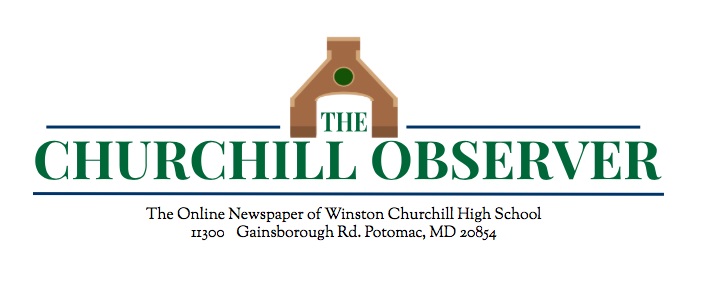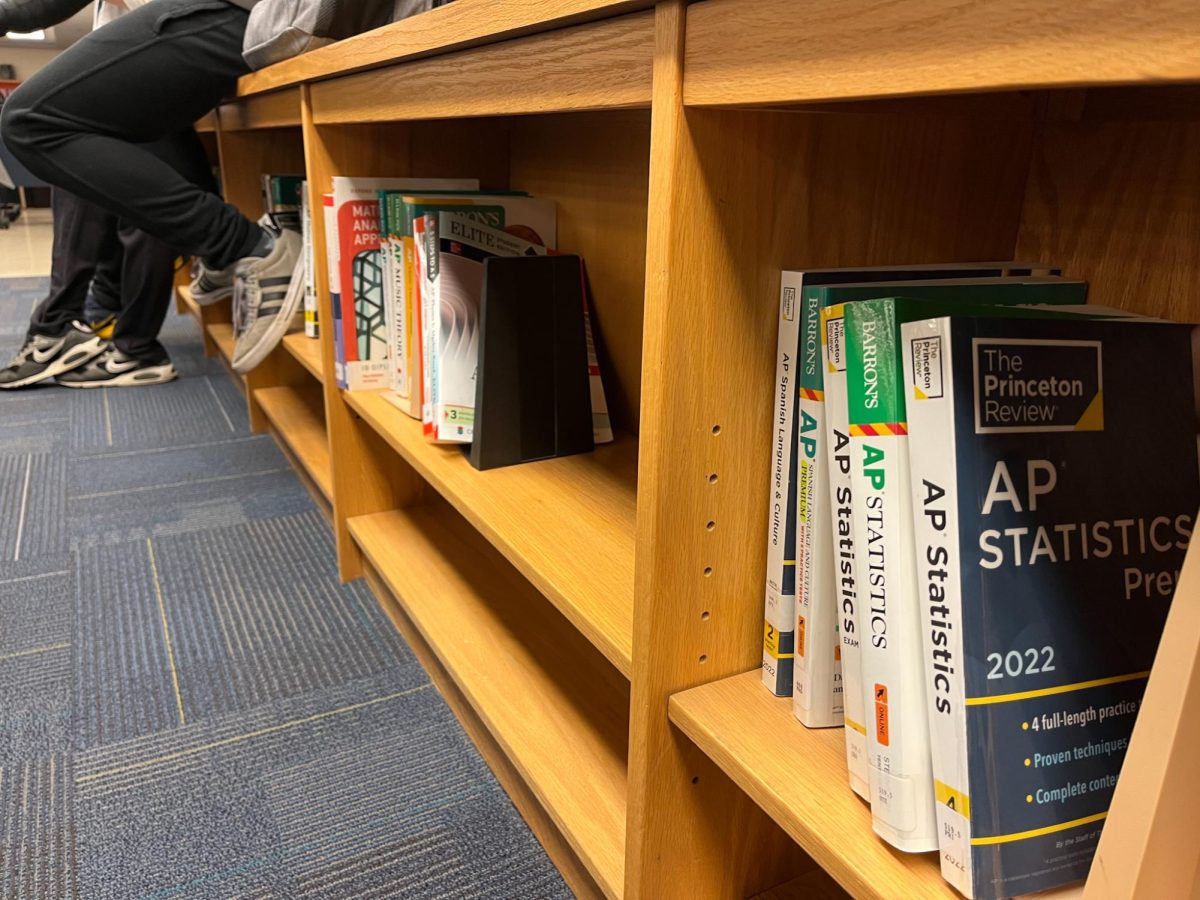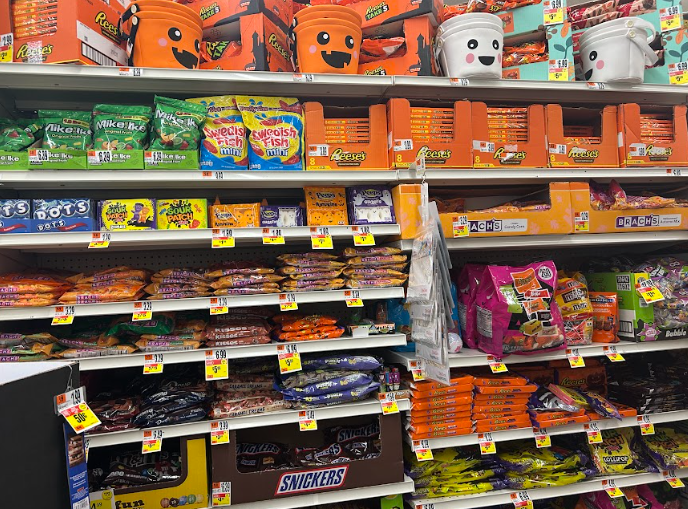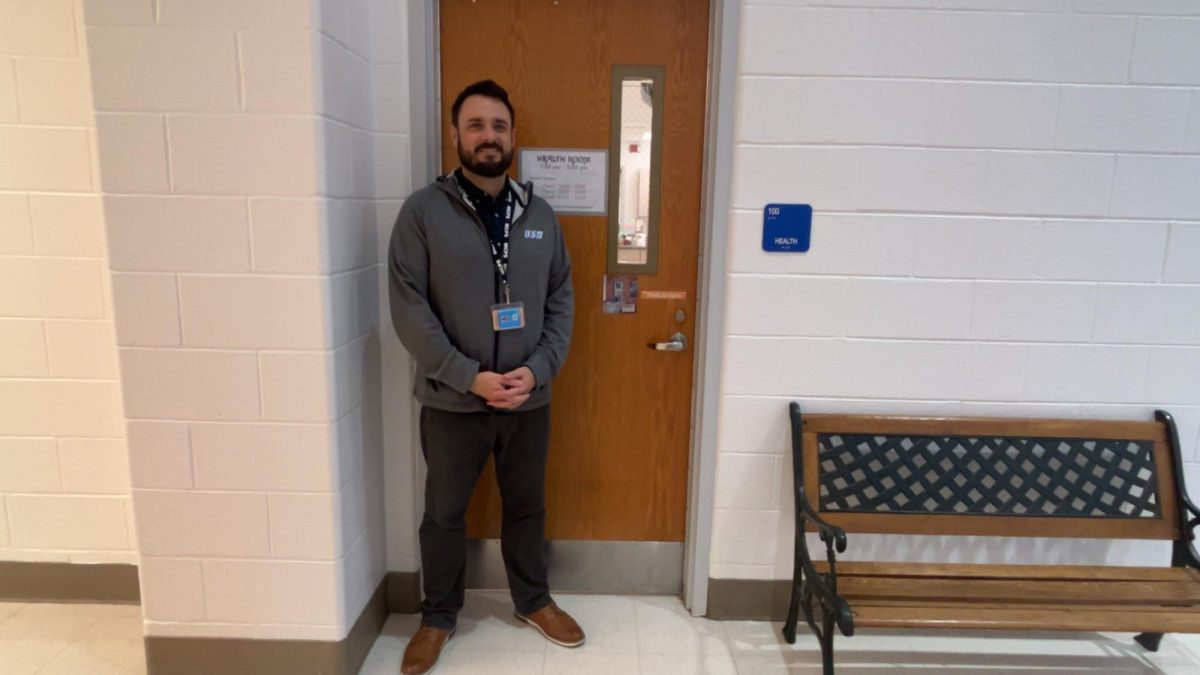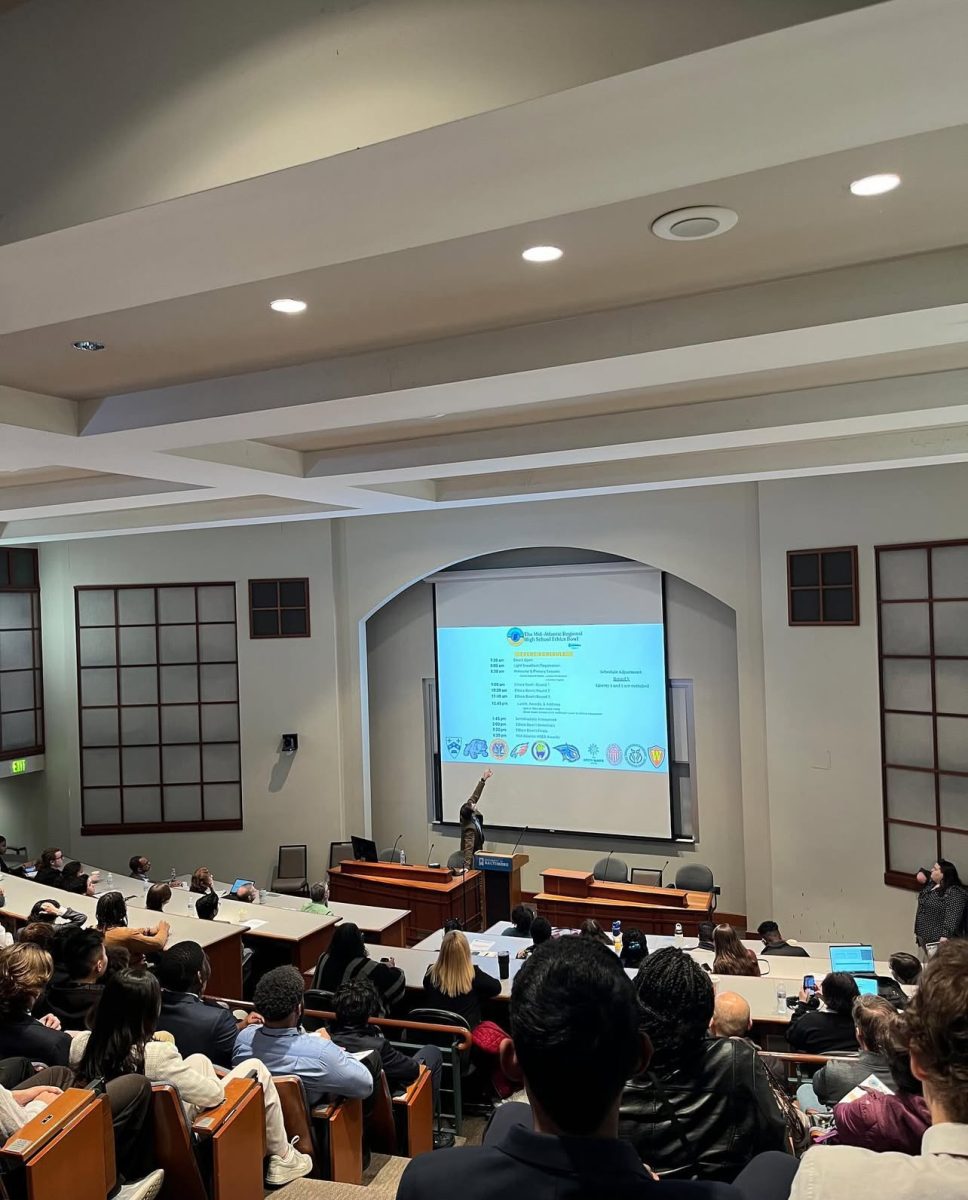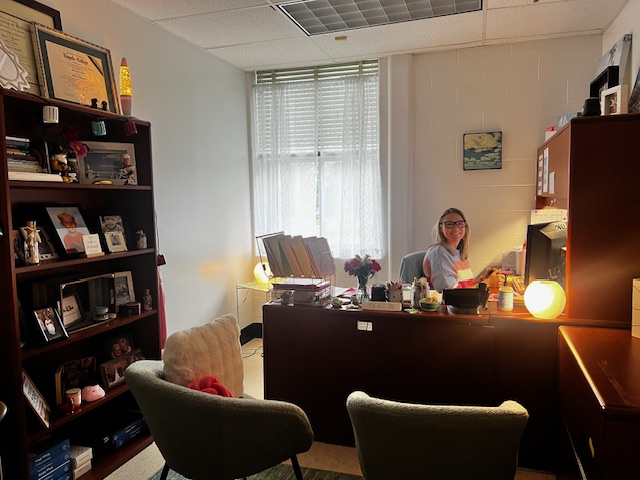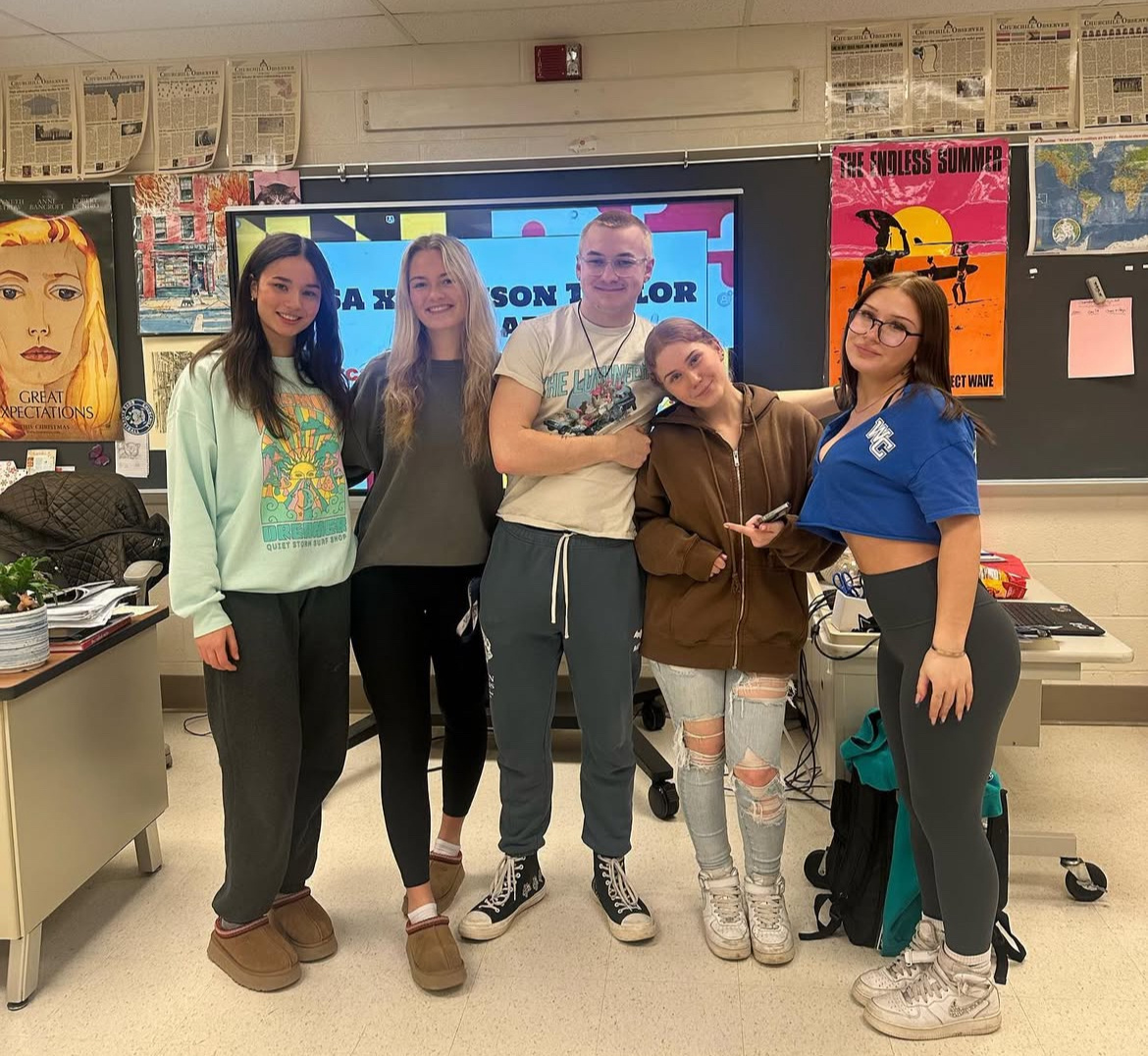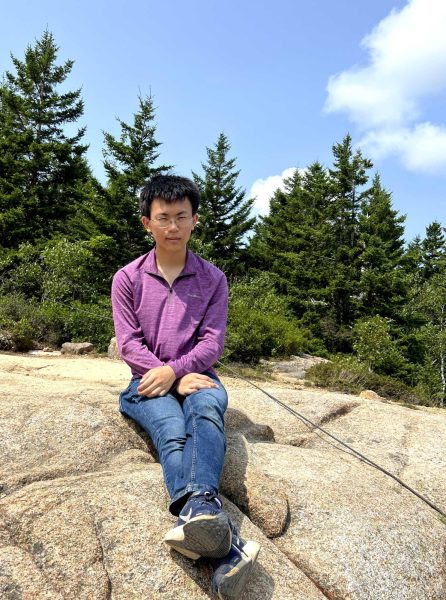These days, excitement is as thick as clotted cream at WCHS. There is a lot here that can inspire it. The seniors are leaving, someone reenacted Elon Musk’s sieg heil at a pep rally and AP testing has arrived. Here on the promontory of a summer promising soaring temperatures, these tests in particular are on every student’s mind. Here is an assemblage of AP classes to mull over.
AP Physics 1 is particularly unique, nowhere more so than at WCHS. Here, the earliest the course can be taken is with Precalculus, though other schools have different requirements, even within MCPS. Calculus is often referred to as the language of physics, but this course disagrees, relying instead on algebra. Its teachers, it is said, are fascinating. So is its distribution of test scores, consistently the lowest among AP courses, averaging 2.5 out of 5.
AP Physics jumps from Physics 1 to the two-part Physics C (few sign up for Physics 2 while A and B are obsolete). With calculus at their side, test-takers miraculously perform several times better than they do in the algebra-based iteration. Students can be seen waving their hands around in an attempt to picture the often unintuitive multiplication of the pointy arrows they know and love from math class.
AP Statistics and both AP Calculus classes are quite popular and useful throughout math and science. AP Calculus does have a lot to memorize, but on a number of refreshing occasions, their teachers instead emphasize building intuition. Surprisingly often, the two BC Calculus teachers’ students find themselves in bizarre kerfuffles over which teacher is superior, giving the classes an almost whimsical feeling. AP Statistics seems to have a tedious amount of writing and leaves out the remarkably incomprehensible calculus the field can boast of, making it a go-to choice senior year for students who are not confident with math.
The double-period science classes, AP Chemistry and AP Biology, fill up a schedule swiftly. As with Physics 1, their prerequisites are not entirely homogeneous within the county. The do-it-yourself block periods are quite the commitment, but that does not seem to stop them from being very popular courses.
AP History classes of all stripes prepare future historians to write formulaic timed essays and guess well on multiple choice questions. Their students raise note-taking to an art form. Providing a broad, sweeping view of history, AP World History: Modern is taught particularly frantically; entire units are assigned only as YouTube videos. It is not alone in doing so. There is little time for it to cover culture: the art and literature that both affects and effects history. Disgustingly, it insists on conflating Hitler with the man most directly responsible for his defeat.
If there is any class that can exceed AP World’s enthusiasm for timed essays, it is AP English Language and Composition. From analyzing a variety of media to pulling evidence out of thin air ChatGPT-style, there are essays galore. They too can get quite formulaic, though the potpourri of interesting works that fill up the rest of the course can make up for it. The grading is surprisingly harsh, creating an extra challenge for students.
There are oodles of others at WCHS: arts and foreign languages and programming and the social sciences. There is so much crammed into those neat little exams. The courses built around them are interestingly unique.
